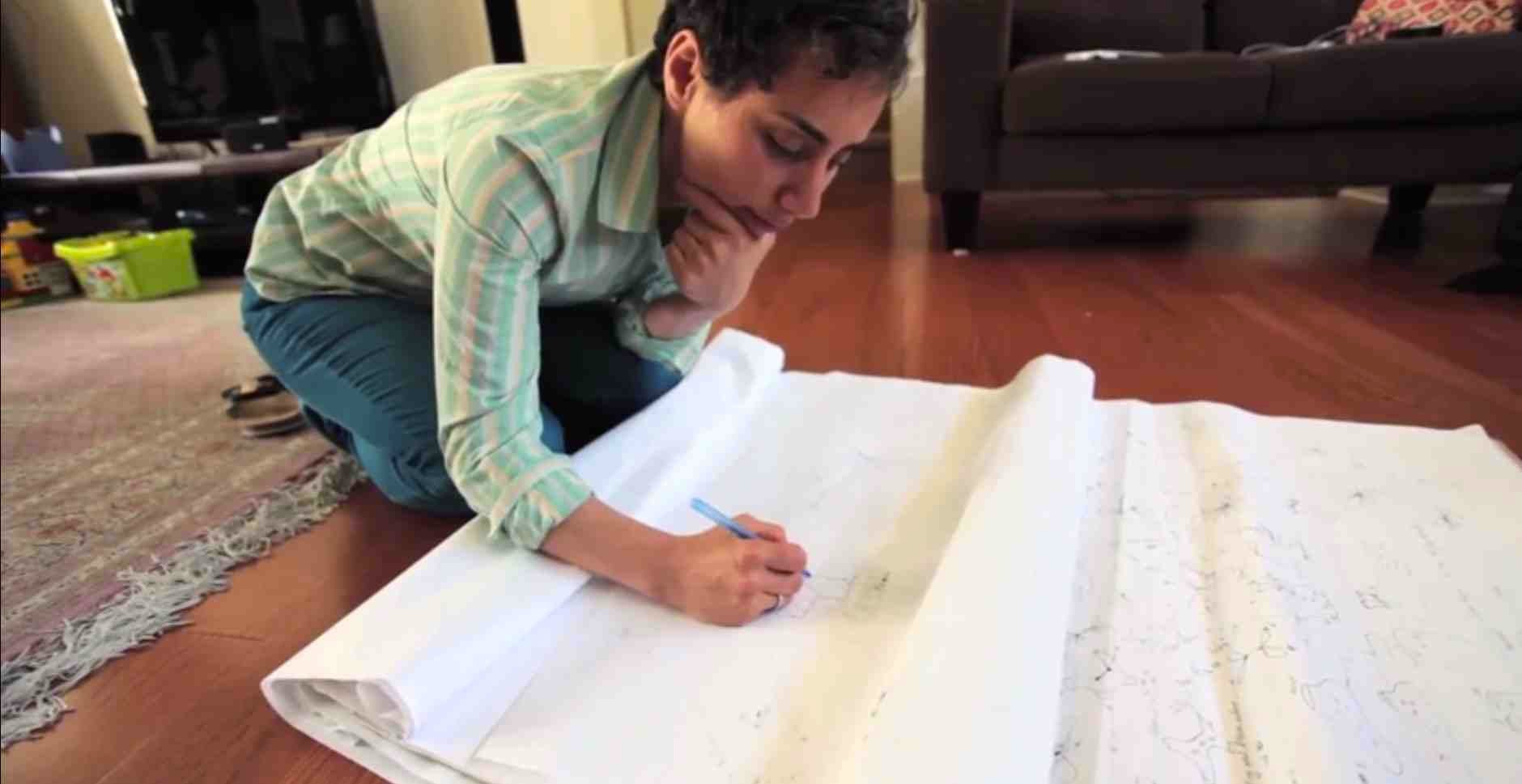A woman winning the Fields medal for the first time is great for tech companies and STEM education
In the 78-year history of the Fields medal, winners of the prestigious mathematics award often compared to the Nobel Prize had one thing in common: all of them were men.

In the 78-year history of the Fields medal, winners of the prestigious mathematics award often compared to the Nobel Prize had one thing in common: all of them were men.
That changed with the August 12 announcement that the four 2014 Fields medalists include Maryam Mirzakhani, a professor of mathematics at Stanford University who is an Iranian woman. (She is also the first Iranian to receive the Fields.)
Mirzakhani’s research tackles big questions about different types of mathematical surfaces using disciplines with names like ergodic theory, Teichmüller theory, and hyperbolic geometry. It is completely alien to a lay reader. But that shouldn’t undercut the importance of Mirzakhani’s award.
It comes as large tech companies like Google, Facebook, and Apple and university programs in science, technology, engineering, and mathematics (STEM) struggle to shift gender ratios that skew highly male. In 2011, less than 20% of US bachelor’s degrees in engineering, physics, and computer science were awarded to women. While women accounted for over 40% of college graduates in math, they received less than 30% of math PhDs.
Mirzakhani is a welcome inspiration for girls and young women enticed by the more rigorous, theoretical side of STEM. She’s an academic counterpart to successful tech businesswomen like Facebook’s Sheryl Sandberg and Yahoo’s Marissa Meyer. Like them, Mirzakhani has balanced motherhood with a successful career—she has a three-year-old daughter who often exclaims that “Mommy is painting again!” when Mirzakhani scribbles mathematical doodles.
Academics like Mirzakhani generally aren’t visible to the public the same way corporate executives are. Her selection for the Fields award highlights her as an example for young women to emulate, whether by leading multi-billion dollar companies or devoting themselves for a decade to the world’s hardest math problem.
Watch this video, produced by The Simons Foundation with help from the International Mathematical Union, for a more in-depth summary of Mirzakhani’s research: